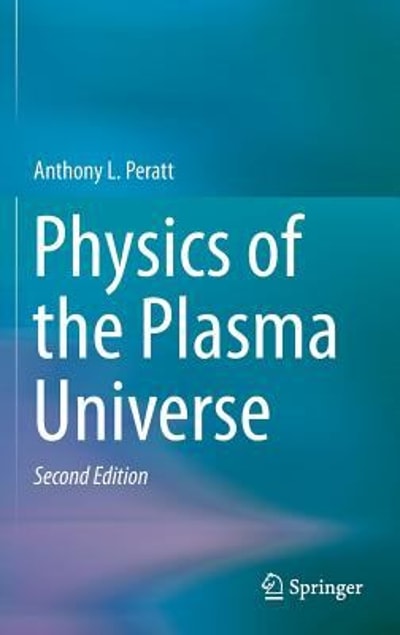Question
electron and is red-shifted by 2.426 pm, and the recoil electron gains a speed of 0.6c. Here c is the speed of light in vacuum.
electron and is red-shifted by 2.426 pm, and the recoil electron gains a speed of 0.6c. Here c is the speed of light in vacuum. (a) Determine the scattering angle of the photon (in degree).
(b) Calculate the kinetic energy (in keV) and the linear momentum (in kg?m/s of the recoil electron.
(c) Find the angle (in degree) between the travelling directions of the scattered photon and the recoil electron.
(d) Determine the wavelength (in pm and the energy (in keV) of the photon before and after scattering.
Express the values to 3 significant figures, if necessary.

Step by Step Solution
There are 3 Steps involved in it
Step: 1

Get Instant Access to Expert-Tailored Solutions
See step-by-step solutions with expert insights and AI powered tools for academic success
Step: 2

Step: 3

Ace Your Homework with AI
Get the answers you need in no time with our AI-driven, step-by-step assistance
Get Started


